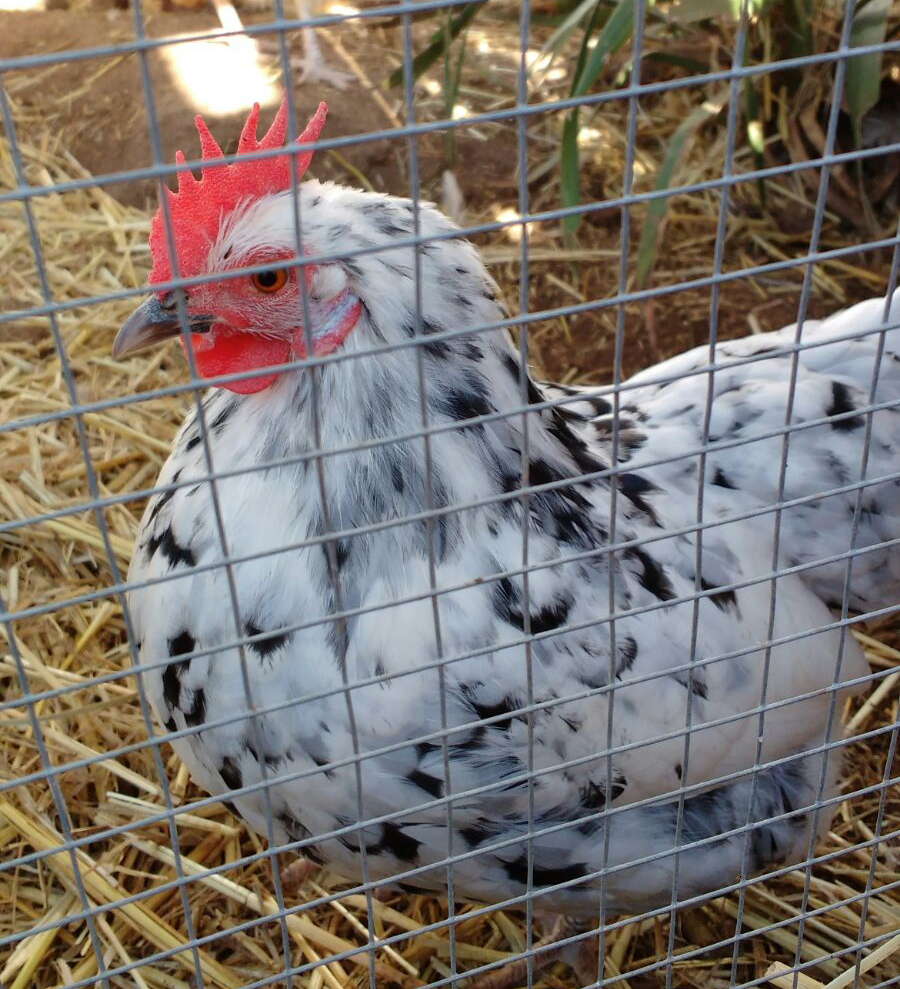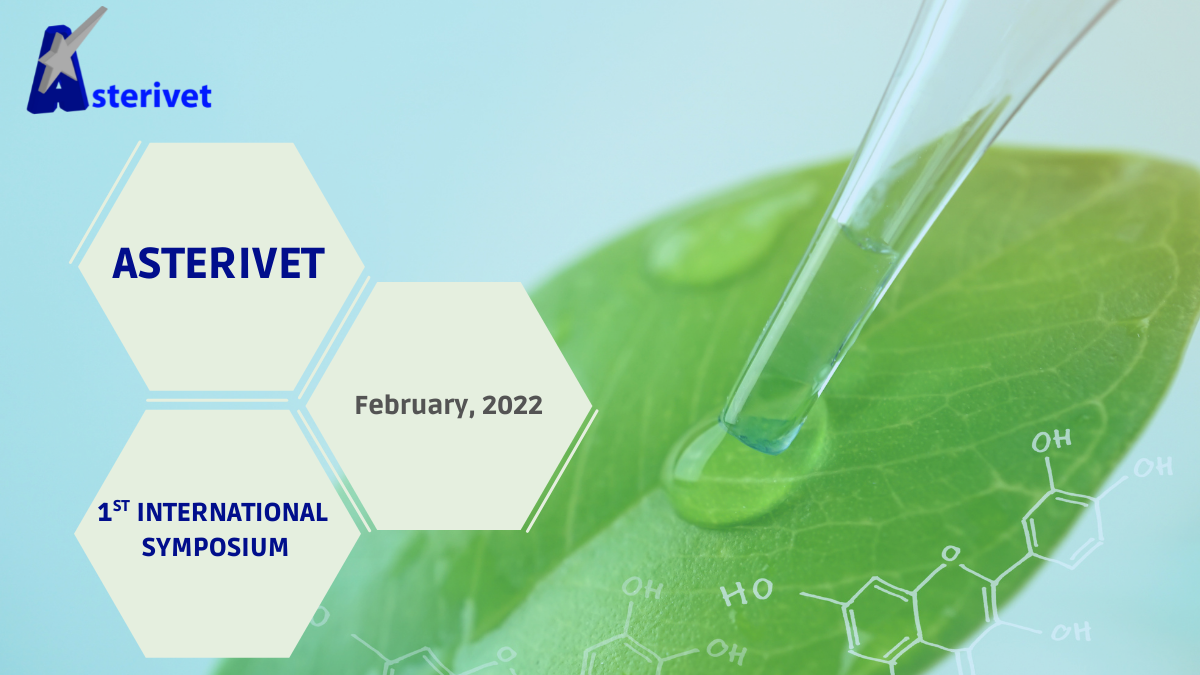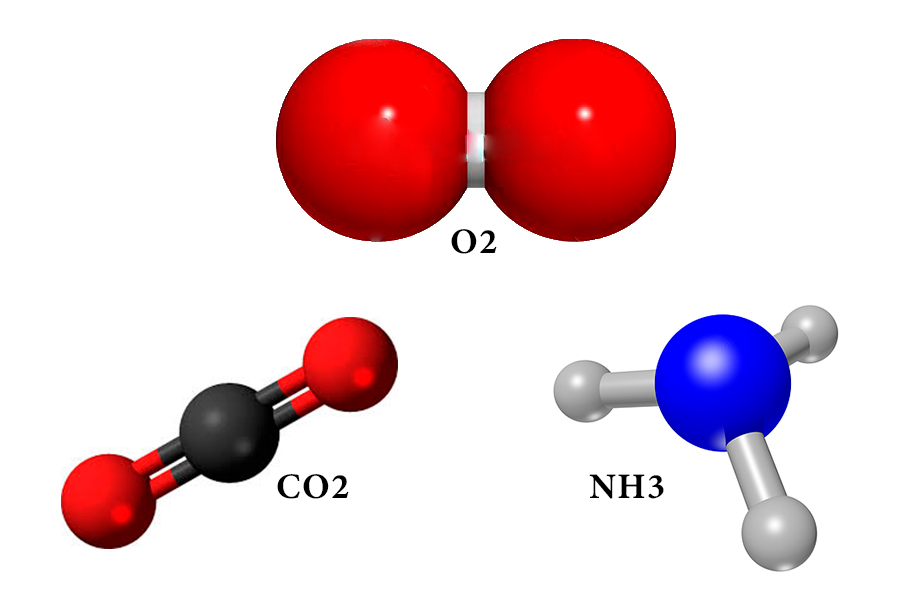
Infectious Avian Bronchitis
March 8, 2018
Asterivet S.A. announces its 1st International Symposium
October 19, 2021The importance of environmental control in animal production
There are many factors to take into account to obtain good productive results in animal farms. Many of them are common for producers, perceptible and although in different degrees of difficulty, they are controllable.
However, there is a very important factor, whose control depends on animal welfare, productivity and therefore, economic performance. This factor is the environment.
The environment is monitored routinely on animal farms, but there are aspects that are controlled in a more convenient and methodical way than others. Thus, temperature or humidity are factors that are usually systematically controlled in most farms, although with variable difficulty depending on the situation. But, what other aspects are important as a target for control in farms?
In this regard, there are different factors whose control is key both from a healthy and productive point of view, never forgetting animal welfare.
CARBON DIOXIDE, OXYGEN AND AMMONIA
- CO2 is a well-known product of respiration. The production of this gas increases as the metabolic rate and the weight of the animals increase. Because of this, fattening animals or animals with high metabolic efforts generate a lot of CO2. Due to its density it accumulates in low areas, so it is very important that ventilation and air renewal is adequate, since this gas in high concentrations has a high toxicity.
- On the other hand, O2 is a fundamental gas for life development with an optimal concentration of 21%. In concentrations lower than 15-16% it can cause pulmonary hypertension with ascites, which can cause deaths due to heart failure or septicemia due to infection of the fluid accumulated in the abdominal cavity. The height of the farms is a decisive factor in the availability of O2.
- Ammonia NH3 comes from the decomposition of organic matter such as urine and faeces. It is one of the most damaging gases that appear on farms and causes numerous economic losses. Its properties include high solubility and rapid evaporation, so its dispersion is favoured by high humidity and temperature. Its spread produces a decrease in air quality. It is an irritant gas, which can cause lesions in the respiratory tract of animals.
Its effect on the mucosal surface of the trachea ranges from paralysis to total loss of the cilia of epithelial cells, including necrosis of the mucosal epithelium. The type and degree of damage depends on the concentration of ammonia in the environment and the time of exposure.
MUCOCILIARY APPARATUS
The cilia are part of the mucociliary apparatus, which is composed of cilia and mucus secretion. The mucociliary apparatus is responsible for trapping and cleaning particles inhaled from the environment and with large amounts of bacteria adhered to its surface (for example, farm dust is a reservoir for E. coli in particular). The inhaled particles are trapped in the mucus, the cilia continuously move the mucus with particles trapped by the trachea to the pharynx, thus preventing the particles from reaching the lower respiratory tract.
The problem appears when the cilia are altered due to the high levels of ammonia, since the mucus can not be eliminated and thus the bacteria trapped in the dust particles can reach respiratory organs, including the lungs and air sacs in the case of the birds, and cause infection.
Damage to the tracheal mucosa may partly explain the high incidence of aerosaculitis, pneumonia, and septicemia caused by E. coli in animals that have been exposed to elevated levels of atmospheric ammonia. Prolonged exposure to atmospheric ammonia can also cause thickening of the parabronchial walls and in severe cases, total obliteration of the atrial spaces with reduction in the exchange of pulmonary gases. Due to the ammonia, therefore, the animals increase their susceptibility to suffering mainly respiratory diseases, but also other non-respiratory diseases.
DISEASES RELATED TO AMMONIA
Some important ones are:
In birds:
- Newcastle disease
- Colibacillosis
- Aerosaculitis
- Pododermatitis
- Ascites due to altered respiratory capacity
- Skin and eye injuries
In pigs:
- Dead born piglets
- Respiratory diseases of varied etiology (Pasteurella)
- Pneumonia
- Signs of cannibalism (tail biting)
- Skin and eye injuries
In addition, the lack of animal welfare in the case of high concentrations of this gas, produces an increase in stress, which entails a decrease in the productive parameters and its consequent economic loss.
Therefore, it is necessary to maintain the balance between environmental humidity and temperature, gas concentrations and the density of animals on the farm:
- If the ventilation is unbalanced, the ammonia is not dissipated and the concentration can rise to cause injuries to the animals.
- If the humidity gets out of control, it is transferred to the bed, and the bed, being more humid, will produce more ammonia, complicating the problem.
- A too high temperature causes the ammonia to spread more easily, and more ammonia is produced from the bed due to volatilization to the environment.
- An excessive density of animals accelerates and complicates all these processes.
It is therefore very important to carry out an adequate management always and take into account the control of the environment in the farms. The monitoring of humidity, temperature and gas concentrations help this control and a rapid correction to a deviation.




